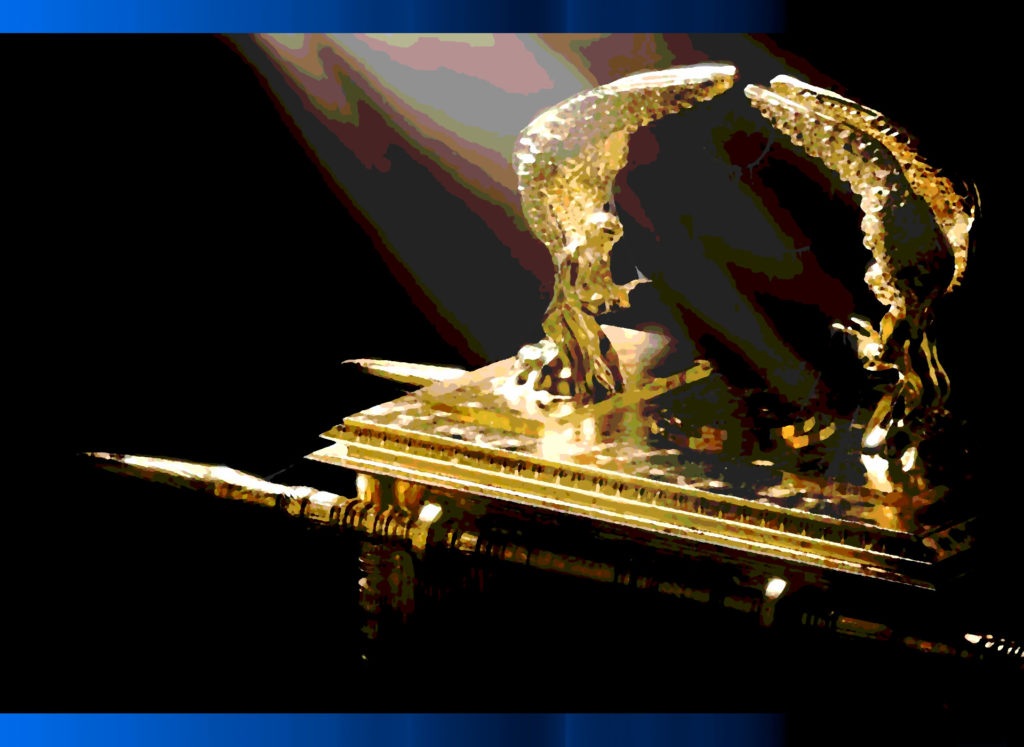(3 – 4 Minute Read)
Exodus 35:1 – 38:20
The combined Torah portion of Vayakhel-Pekudei begins as Moses gathered the congregation of Israel and told them what the Eternal One commanded them. On six days work could be done, but the seventh day was to be a day of complete rest, holy to the Almighty. Whoever did any work was liable for the death penalty. No fire was to be kindled on the sabbath day throughout their settlements.
Moses further instructed the Israelites to bring donations for the Almighty to provide the materials for the construction of the Tabernacle, the items therein, and the priestly vestments. Those who were skilled in craftsmanship were also to come forward to assist with their creation.
The Israelites did so, bringing gold, silver, copper, jewelry, expensive fabrics and materials, leather products, acacia wood, gemstones, oil, spices, and more. The skilled woman spun the fabrics and goats’ hair. Thus the Israelites, both men and women, donated to the Almighty from both their assets and abilities of their own free will.
Moses also reiterated that Bezalel had been selected by the Most High as the appointed craftsman for work of gold, metals, gemstones, and wood. Bezalel and Oholiab were responsible for this work, along with carving and embroidery.
Moses then called Bezalel, Oholiab, and every person skilled with craftsmanship. He tasked them with the construction of the Tabernacle and affiliated items and priestly garments from the free-will donations of the Israelites. These artisans ultimately informed Moses that the Jewish people were donating too much. Moses made a proclamation that no man or woman should make any further contribution, since they already had an excess of donated materials.
The craftsmen and artisans constructed the Tabernacle exactly according to the specifications previously outlined by the Almighty to Moses, including the tent-like covers, the planks of wood for the walls, the wooden bars of support, the curtains of entrance, and more.
Bezalal constructed the Ark of the Pact [Covenant] according to the proper design, as well as the table of the bread of display [shewbread], the menorah lampstand, the incense altar. He also blended the sacred anointing oil.
Bezalel further made the altar of burnt offering. He made the laver of copper [for washing] from the mirrors of the Jewish women who assisted at the entrance of the Tabernacle. He made the enclosure [outer perimeter “wall”] along with its hangings. Everything was done exactly as instructed.

As we review the completion of the Mishkan, or Tabernacle, we notice that in certain categories the women are mentioned first. For instance, Shemot / Exodus 35:25-26 mentions the contribution of the women first in regards to the Tabernacle donations and construction, especially relating to spun and woven fabrics and materials. Famed Sephardi commentator Rabbi Don Yitzchak Abravanel indicates that the Torah suggests that the women of the Israelite community were more intense and active in their charitable contributions of both materials and skills, and the Israelite men had to “catch up,” if you will. This idea relates to a concept once expounded upon by Rabbi Lord Jonathan Sacks, who explained the difference between Torat Emet and Torat Chesed. Torat Emet relates to the aspects of the Torah involving pragmatic judgments and the application of Halacha to daily life. Torat Chesed refers to acts of kindness, charity, and good deeds that are essential for both the furtherance of our connection with the Almighty and the betterment of our families and communities. Accordingly, Mishlei / Proverbs 31 describes the eishet chayil, the ideal Jewish “woman of virtue.” And verse 26 declares, “Her mouth is full of wisdom, and Torat Chesed is on her tongue.” The point is that the Torah indicates that Jewish women from the very beginning of our people’s history have been integral contributors and even leaders in the areas of both charity aspects as well as the service and community functions to connect with the Most High.
Another interesting comment regarding the completion of the Tabernacle comes from Rabbi S.R. Hirsch. Rabbi Samson Raphael Hirsch pointed out that the Beit HaMikdash, or Temple, was built primarily by contracted laborers, many of whom were not Jewish. In contrast, the Mishkan, or Tabernacle, was constructed as an act of love and desire to connect with the Almighty, through free-will donations and contributions of both materials and labor. Rabbi Hirsch postulated that the origins of the Tabernacle and Temple affected their ultimate outcome. When the Jewish people descended to heinous levels of sin, immoral living, and/or sinat chinam, the first and second Temples (constructed by contracted non-Jewish labor) were destroyed. The Tabernacle, however, quietly faded away, merely being replaced by the Temple. Thus, Rabbi Hirsch indicated that the Almighty so valued the loving contributions of His people that He didn’t destroy them, even when the Jewish people later sinned grievously. Similarly, it has been noted that the outer walls of the Temple complex (that are still standing on Har HaBeit, the Temple Mount to this day) could also reflect this concept. The northern, eastern, and southern walls were built through the contributions of wealthy persons or political entities. The western wall, however, was constructed through the painstaking donations and/or labor of the common people. Coincidentally, it is this Western Wall, or Kotel, that serves as the holiest site of Jewish prayer even to this day.
May the Holy One, Blessed be He, grant us to better connect with Him and serve our families and communities through both Torat Emet and Torat Chesed. And may we use every attribute of our beings as we were created by the Almighty to observe the Torah and contribute according to our abilities and talents.


